New stunning images reveal threads of million-degree Plasma woven throughout the Sun’s atmosphere.
Researchers at the University of Central Lancashire (UCLan) unveil highest-ever resolution images of the Sun from NASA’s solar sounding rocket mission.
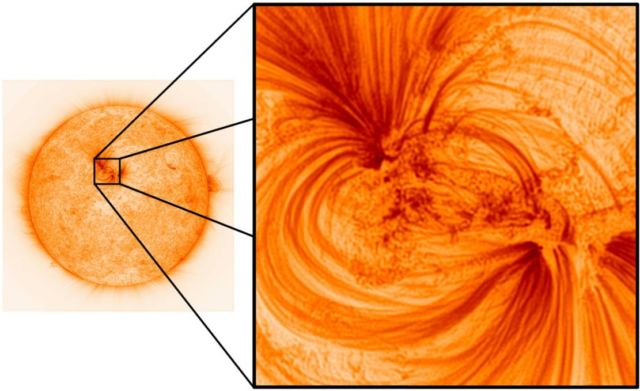 University of Central Lancashire/NASA
University of Central Lancashire/NASA
Newly released images of the Sun have revealed that its outer layer is filled with previously unseen, incredibly fine magnetic threads filled with extremely hot, million-degree plasma. The high-resolution observations have been analysed by researchers at UCLan alongside collaborators from NASA’s Marshall Space Flight Centre (MSFC) and will provide astronomers with a better understanding of how the Sun’s magnetised atmosphere exists, and what it is comprised of.
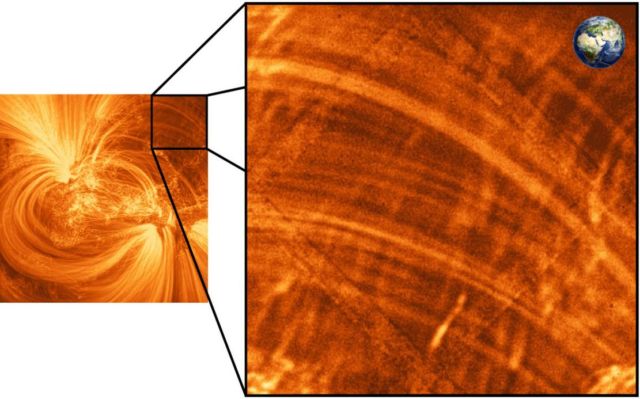
The Earth for comparison. Credit University of Central Lancashire/NASA
Until now, certain parts of the Sun’s atmosphere had appeared dark or mostly empty, but new images have revealed strands that are around 500km in width – roughly the distance between London and Belfast – with hot electrified gases flowing inside them.
This is a fascinating discovery that could better inform our understanding of the flow of energy through the layers of the Sun and eventually down to Earth itself.
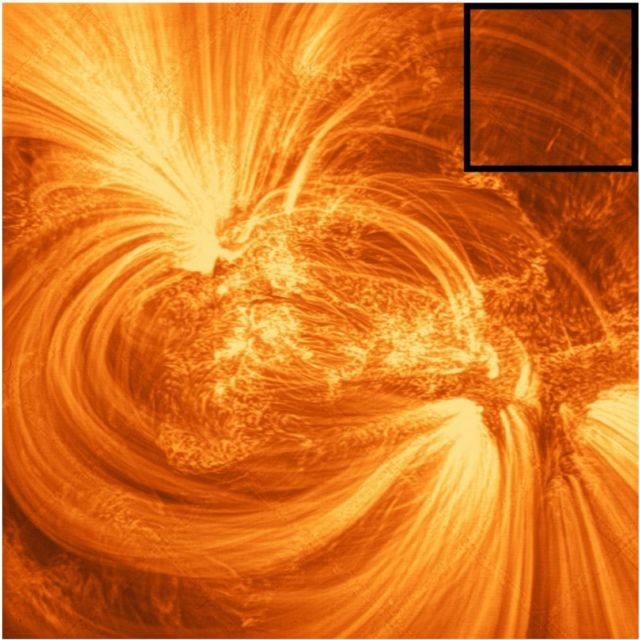 University of Central Lancashire/NASA
University of Central Lancashire/NASA
The ultra-sharp images were taken by NASA’s High-Resolution Coronal Imager (or Hi-C for short), a unique astronomical telescope carried into space on a sub-orbital rocket flight. The telescope can pick out structures in the Sun’s atmosphere as small as 70km in size, or around 0.01% the size of the Sun, making these the highest resolution images ever taken of the Sun’s atmosphere.
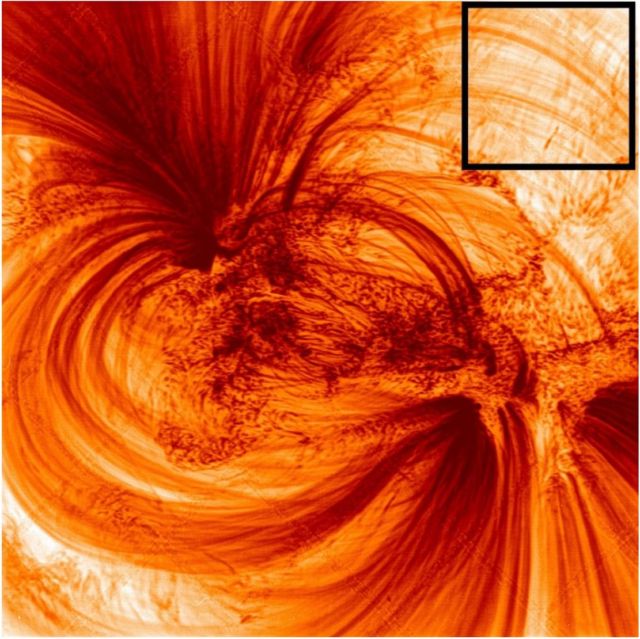 University of Central Lancashire/NASA
University of Central Lancashire/NASA
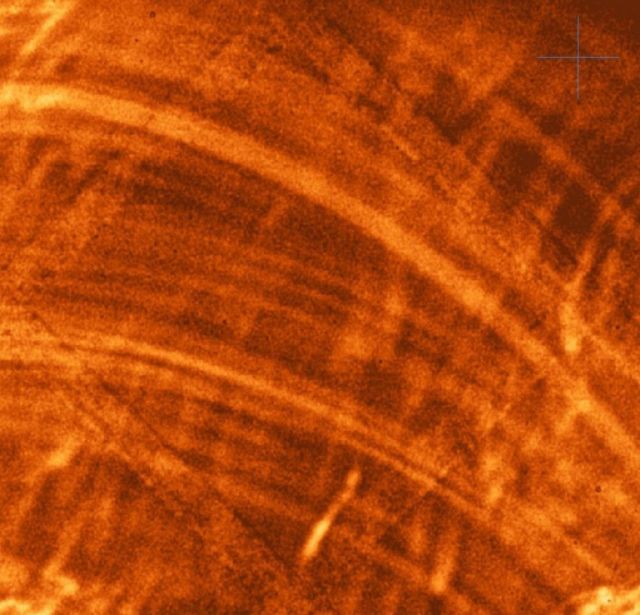 University of Central Lancashire/NASA
University of Central Lancashire/NASA
source University of Central Lancashire

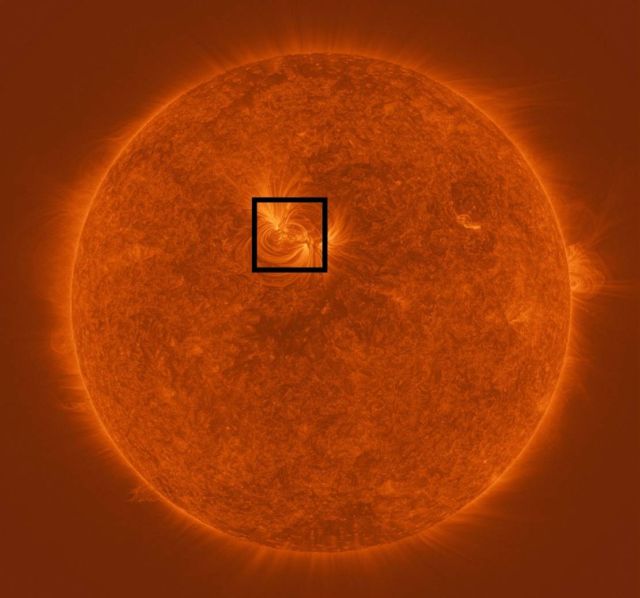




Leave A Comment